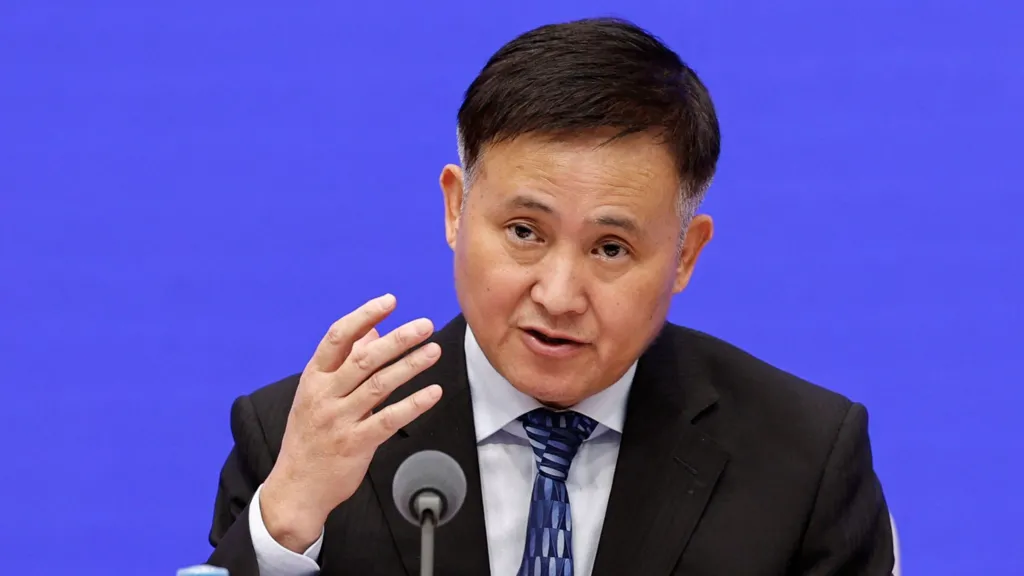China’s central bank, the People’s Bank of China (PBOC), has rolled out a series of comprehensive measures aimed at bolstering the country’s slowing economy. At a rare press conference, PBOC Governor Pan Gongsheng revealed plans to lower borrowing costs and expand lending by easing reserve requirements for banks.
The first phase of the initiative will see a reduction in the reserve requirement ratio (RRR) by half a percentage point, freeing up an estimated 1 trillion yuan ($142 billion). This move is expected to inject significant liquidity into the banking system, with the possibility of further reductions later this year.
In addition to monetary policy adjustments, the PBOC has introduced steps to stabilize the struggling property sector. These include lowering interest rates on existing mortgages and reducing the minimum down payment for homebuyers to 15%. The real estate market in China has been in crisis since 2021, with several developers facing bankruptcy and large-scale projects left incomplete.
This economic stimulus package follows mounting concerns that China may fall short of its 5% growth target for the year, following disappointing economic data in recent months. Stock markets across Asia responded positively to the announcement, with major indexes in Shanghai and Hong Kong climbing over 3% during afternoon trading.
The move comes on the heels of the US Federal Reserve’s recent decision to lower interest rates, underscoring the global pressures on economic growth.
China’s latest measures reflect a broader strategy to reinvigorate its economic momentum and address persistent challenges in key sectors, including real estate and banking.


